particles of liquid
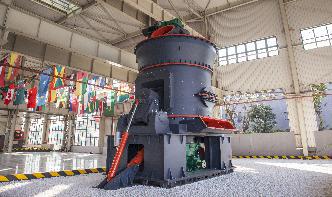
How does the Temperature Affect the Movement of Particles ...
Sep 06, 2016· At the boiling point the particles of a liquid have sufficient kinetic energy to overcome the forces of attraction holding them together and separate into individual particles. And the liquid boils to form a gas. 3. Gas to liquid change : Condensation The process of changing a gas to a liquid by cooling, is called condensation. Condensation is the reverse of boiling. 4. Liquid to solid change : Freezing The .
الحصول على السعر
Numerical Analysis of Solid Particles Flow in Liquid Metal
of the solid particles in the mould is their density and size in relation to the density of the liquid alloy. Additionally, in the case of significant density differences between analyzed phases, final particles location will depend on the cooling rate and temperature distribution in the system after filling.
الحصول على السعر
What are particles in the air? University of Washington
Particles are a mixture of solid particles and liquid droplets suspended in air. The size of the particles is very important. The smallersized particles – those 10 micrometers or less in diameter – tend to pose the greatest health concern because they can get deep into the lungs.
الحصول على السعر
Solid vs Liquid vs Gas Difference Between
Note: Some solids can be liquefied through heating (ice), and some gases can be liquefied trough cooling (liquid nitrogen). Gas particles formation with their movement. A gas is one of the four main states of matter that is made up of an atom or atoms that are further apart in comparison to solids and liquids. There are a lot of spaces in between these atoms that makes them speed around freely.
الحصول على السعر
Unique sticky particles formed by harnessing chaos ...
6 天前· "We use 'liquid' nanomanufacturing to convert most polymers into branched particles after dissolving the polymer and mixing the solution rapidly with another liquid," he said.
الحصول على السعر
: Matter: Changing States
The atoms in a liquid have more energy than the atoms in a solid. There is a special temperature for every substance called the melting point . When a solid reaches the temperature of .
الحصول على السعر
Particles of a liquid? | Yahoo Answers
Oct 23, 2012· Best Answer: A is half true (packed but NOT fixed) B makes no sense C is the opposite of truth *D is the correct answer*
الحصول على السعر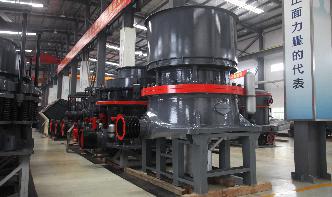
Liquid Phase Sintering an overview | ScienceDirect Topics
In liquid phase sintering (LPS) of a powder compact, the advantage of forming a low melting point liquid is used for rapid sintering. Liquid in the form of the film wets the particles because of low contact angle. Liquid film also provides a surface tension force for densification.
الحصول على السعر
The movement of particles in solids, liquids, and gases.
The particles of a gas move quickly and are able to spread apart from one another. The particles of a liquid are able to move past each other. The particles of a solid are not able to move out of their positions relative to one another, but do have small vibrational movements.
الحصول على السعر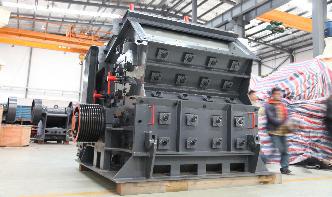
Heat energy — Science Learning Hub
All matter contains heat energy. Heat energy is the result of the movement of tiny particles called atoms, molecules or ions in solids, liquids and gases. Heat energy can be transferred from one object to another. The transfer or flow due to the difference in temperature between the two objects is called heat.
الحصول على السعر
Particulate Matter (PM) Basics | US EPA
PM stands for particulate matter (also called particle pollution): the term for a mixture of solid particles and liquid droplets found in the air. Some particles, such as dust, dirt, soot, or smoke, are large or dark enough to be seen with the naked eye. Others are so small they .
الحصول على السعر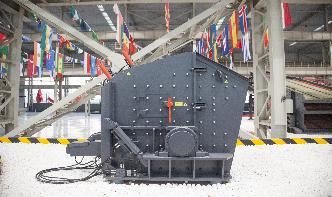
States of Matter (Solids, Liquids Gases) – StudiousGuy
Kinetic Theory of Matter. (b). Particles of matter are in state of continuous movement. Degree of movement of particles depends upon closeness, strength of bonding and density of particles. Solids have least movement of particles (vibration only) whereas liquids have more movement and posses property to flow (hence also called fluids)...
الحصول على السعر
Properties of Liquids | Chemistry | Visionlearning
Complex liquids. Mayonnaise, for example, is an emulsion of oil, egg yolk, and vinegar or lemon juice, which is made by very vigorous mixing. Colloids and suspensions both consist of insoluble particles in a liquid. In a colloid, the miniscule insoluble particles are distributed in a liquid and won't separate.
الحصول على السعر
Heat affects matter in different ways EDQUEST SCIENCE
Liquids When the particles in a liquid are heated, their average energy increases and they need more room, so they expand. When the particles in a liquid are cooled, the volume decreases, or contracts, because the particles need less room. This is demonstrated by the liquid used in a thermometer. As the liquid expands and contracts, it moves up
الحصول على السعر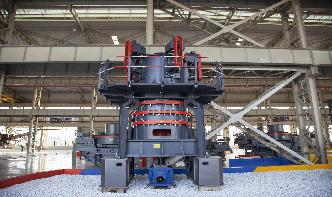
GASES LIQUIDS SOLIDS States of Matter, kinetic particle ...
Evaporation is when particles of a liquid escape to form a gas or vapour water evaporating into the air. Because of random collisions, the particles in a liquid have a variety of speeds and kinetic energies.
الحصول على السعر
Freestanding liquid membranes as unusual particle ...
Inspired by endocytosis and the selfhealing properties of liquids, we show that freestanding membranes composed entirely of liquid can be designed to retain particles smaller than a critical size given the particle inertial properties.
الحصول على السعر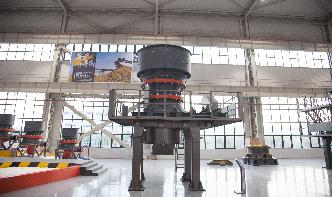
Solid, liquid, and gas are common states of matter.
Solid, liquid, and gas are common states of matter. A substance can exist as a solid,a liquid,or a state of a substance depends on the space between its particles and on the way in which the particles particles in all matter are always in motion. A is a substance that has a .
الحصول على السعر
How do particles behave in the three phases of matter ...
May 31, 2014· Liquid In the liquid state particles can move the movement (temperature dependent) tends to be less frantic than in the gaseous state. The particles are still relatively close together. Gas In the gaseous state, particles move freely at a frantic pace.
الحصول على السعر